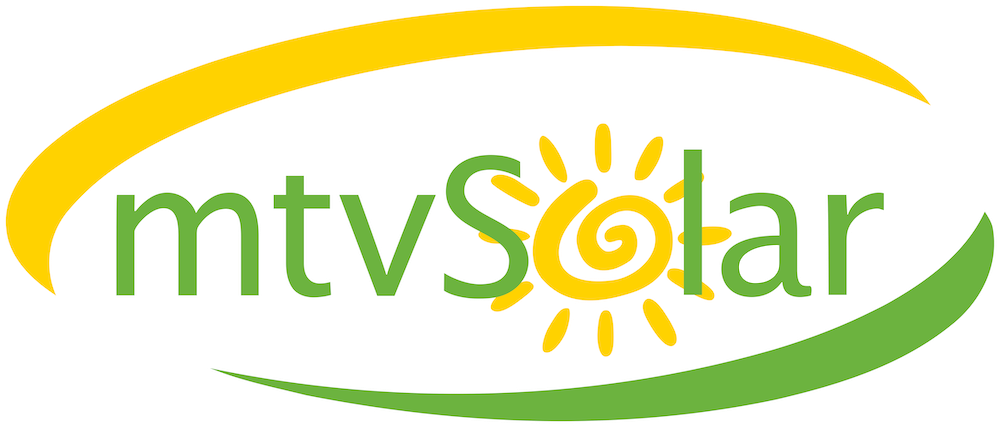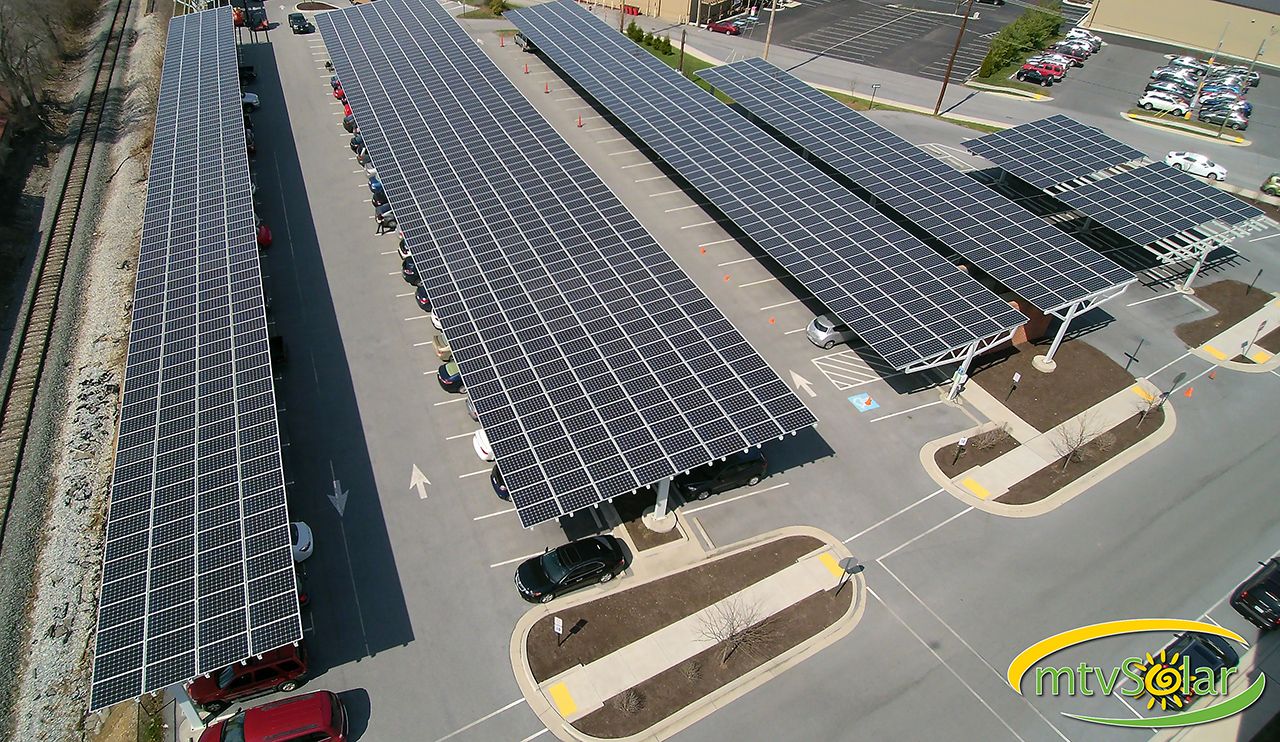 Although prices for solar installations have fallen significantly over the past few years, many homeowners considering a home solar energy solution are concerned with the upfront cost. That’s understandable. The initial outlay for a rooftop or stand-alone solar installation can seem daunting for anyone who doesn’t have a pile of cash lying around (which, let’s face it, is most of us). Unlike buying a new car, however, solar pays you back.
Although prices for solar installations have fallen significantly over the past few years, many homeowners considering a home solar energy solution are concerned with the upfront cost. That’s understandable. The initial outlay for a rooftop or stand-alone solar installation can seem daunting for anyone who doesn’t have a pile of cash lying around (which, let’s face it, is most of us). Unlike buying a new car, however, solar pays you back.
The good news is that even big businesses are coming to the realization that investing in energy efficient solutions makes financial sense. As embracing solar energy becomes more popular and visible, homeowners – just like big businesses – are increasingly finding they can finance their solar installations and pay for them out of the cost savings.
In this article, we offer an overview of borrowing to pay for the upfront cost of a solar energy conversion: the basic economics of calculating and maximizing your return on investment, finding a lender, and convincing the doubters that solar isn’t just easy on the environment, it’s also easy on your wallet.
The Basic Economics of Solar Financing
The first decision homeowners must make when they want to install solar is whether they will own or lease the installation. For residential solar installations, Mountain View Solar believes strongly that buying is far more preferable than leasing, for the reasons explained in this Consumer Reports article. Accordingly, this article focuses on how to finance the purchase of a solar installation for your home.
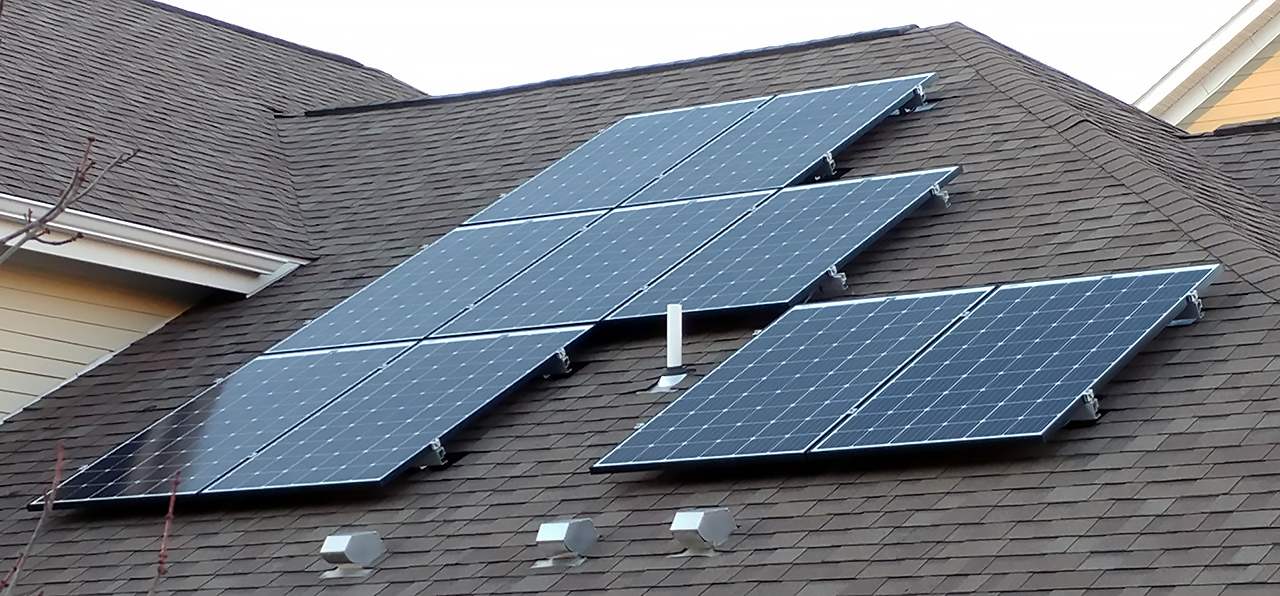 If you have ever taken out a mortgage to buy a home, used a home equity line of credit (“HELOC”) to pay for renovations, or paid for just about anything with a credit card, you already have a basic idea of how financing the purchase of a solar installation can work. In the simplest sense, you go to a lender and apply for a loan that is either secured by your property or the solar equipment itself (like a mortgage loan or HELOC) or unsecured (like a credit card).
If you have ever taken out a mortgage to buy a home, used a home equity line of credit (“HELOC”) to pay for renovations, or paid for just about anything with a credit card, you already have a basic idea of how financing the purchase of a solar installation can work. In the simplest sense, you go to a lender and apply for a loan that is either secured by your property or the solar equipment itself (like a mortgage loan or HELOC) or unsecured (like a credit card).
Whichever option you choose, the basic economic calculation is the same. You start with the upfront cost of the solar equipment and installation, which is the maximum amount you need to borrow. The loan will have a repayment term and an interest rate. With a high-quality solar installation, you will see savings over time from the avoided cost of electricity. You’ll also receive a 30% Federal tax credit for your installation that can be used to pay down a large chunk of the outstanding principle in the first year. So long as those savings exceed your loan principal plus total interest cost, taking out the loan to pay for the upfront cost of the solar installation will make good economic sense. Expressed as a percentage, this positive net financial benefit from spending and borrowing to pay for a solar installation is your “return on investment.”
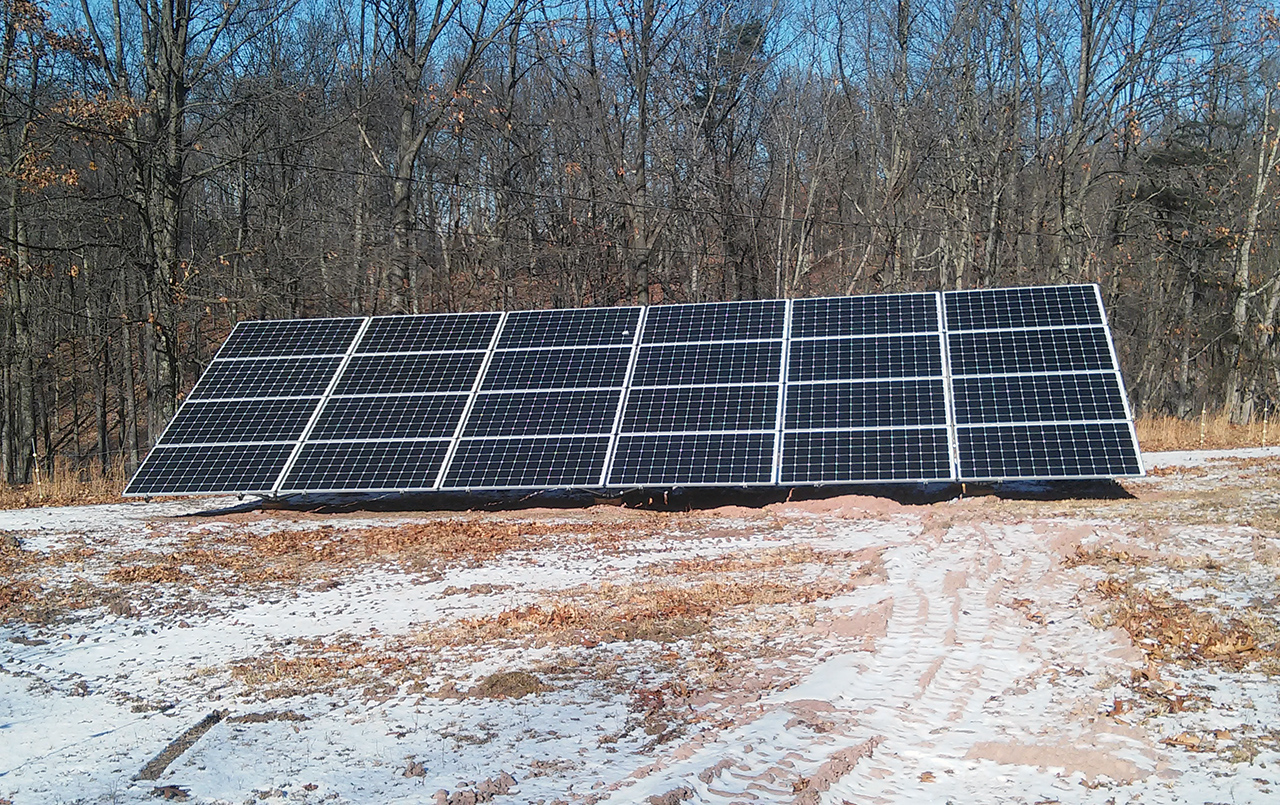 Let’s put it in practical terms. Say the upfront cost of the right solar installation for your property is $12,000 after tax credits (you should use your 30% tax credit to pay down the principle as soon as you get it). And, say your electricity bill currently runs you $1,200 per year ($100/month). If your loan were interest-free and electricity costs stayed steady, your solar system would pay for itself after 10 years (10 years X $1,200 = $12,000). Of course, your loan won’t be interest-free, so when you take the added cost of interest into account it could take a couple more years to reach “break even” assuming electricity rates stayed steady.
Let’s put it in practical terms. Say the upfront cost of the right solar installation for your property is $12,000 after tax credits (you should use your 30% tax credit to pay down the principle as soon as you get it). And, say your electricity bill currently runs you $1,200 per year ($100/month). If your loan were interest-free and electricity costs stayed steady, your solar system would pay for itself after 10 years (10 years X $1,200 = $12,000). Of course, your loan won’t be interest-free, so when you take the added cost of interest into account it could take a couple more years to reach “break even” assuming electricity rates stayed steady.
Keep in mind, however, that electricity rates don’t typically stay steady. Historically they have risen over time, and they’re expected to keep rising. As a result, rising electricity rates will significantly offset your loan interest cost, and maybe even cancel it out altogether in the long run.
When all is said and done, in our experience installing solar systems in the mid-Atlantic region (where utility power currently averages around $0.11/kWh), at today’s interest rates and solar prices, a typical rooftop solar installation takes about 10 to 12 years to pay for itself in energy savings depending on the state you live in. Because top quality solar panels are expected to have a useful life of 40+ years, that means that solar energy could provide you with upwards of 28+ years of “free” energy (not to mention increase the value of your home should you ever plan to sell it). In a previous article, we take a closer look at other financial details when going solar.
Finding a Solar Lender
As the good financial sense of home solar energy generation becomes apparent, more and more lenders are entering the market for “solar loans,” which benefits homeowners by driving down borrowing costs. Experienced solar installers like Mountain View Solar can recommend financing options for their installations. In addition, chances are good your local bank will consider giving you a home equity line of credit (HELOC) or “second mortgage” to pay for a solar installation. Finally, the market is growing for lenders who specialize in solar lending. This solar lender finding tool is one of many you can find with a simple Google search that can help you identify a solar lender in your area.
Overcoming Doubts and Doubters
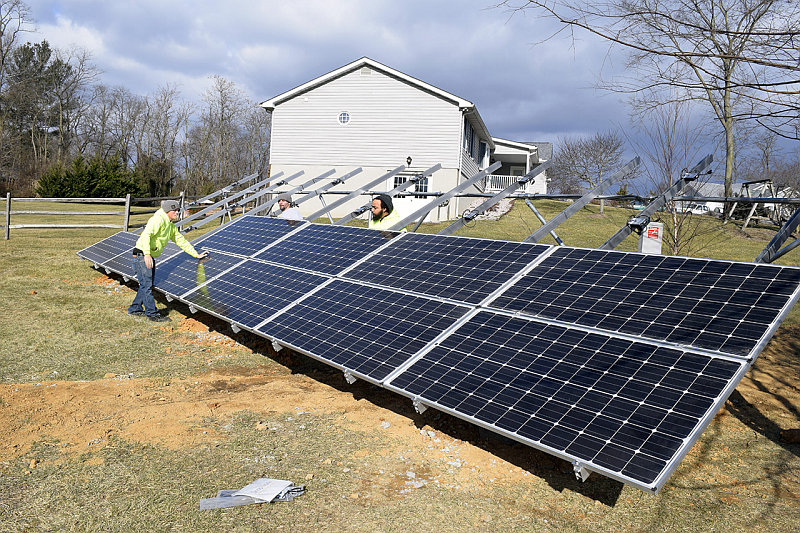 Solar energy has been around for a long time, but it still seems “new” to many consumers. At Mountain View Solar, we’ve found that there can even be doubts and disagreements within households over whether taking the perceived financial risk of a solar loan makes sense. Addressing those concerns is one reason why we’re always happy to conduct a free, no-pressure evaluation of the suitability of your home for a solar installation, and to walk you through the economics of your particular needs based upon current estimates of energy, equipment, and interest costs.
Solar energy has been around for a long time, but it still seems “new” to many consumers. At Mountain View Solar, we’ve found that there can even be doubts and disagreements within households over whether taking the perceived financial risk of a solar loan makes sense. Addressing those concerns is one reason why we’re always happy to conduct a free, no-pressure evaluation of the suitability of your home for a solar installation, and to walk you through the economics of your particular needs based upon current estimates of energy, equipment, and interest costs.
We are also big believers in the benefits of starting conversations about solar energy and solar lending with neighbors and your local community. We’ve never stopped being amazed at how the common sense financial benefits of solar have a way of bringing people together. The simple fact is, solar energy is good business, not just for the Apples and Walmarts of the world, but also for individual homeowners and neighborhoods. To ensure that your investment has maximum payback, make sure you choose a contractor with proper certifications and licenses. Contact mtvSolar now for a free consultation to discover more about how you can finance and install a high-quality solar system.

